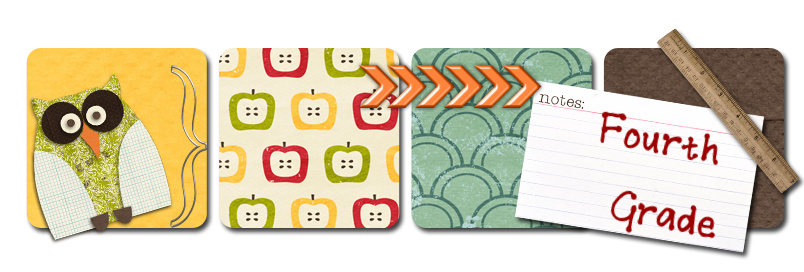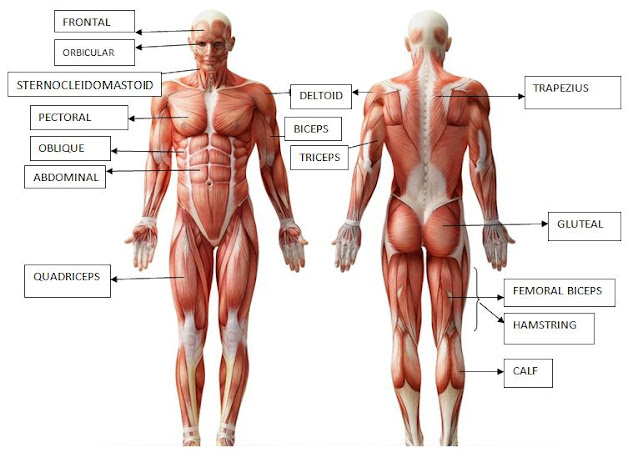Let´s celebrate Halloween!! Here you have some stories, games and crafts to enjoy and learn.
Estimadas familias,
Os damos la bienvenida al Blog de las asignaturas bilingües de 4º de primaria. Servirá como
herramienta de repaso de los contenidos que vayamos trabajando en el aula a
diario.
Es recomendable su uso diario para repasar y reforzar desde casa.
Está diseñado para que vuestros hijos puedan trabajar
solos, pues todo lo que vamos subiendo se ha trabajado previamente en clase.
Os iremos informando de las novedades que vayan
surgiendo.
Muchas gracias por vuestra colaboración. Recibid un cordial saludo.
Sonia
y Noelia.
Friday, October 29, 2021
Wednesday, October 27, 2021
Senses: SIGHT
SIGHT
The eye is the organ of sight.
Eyes take in lots of information about the world around you — shapes, colours, movements, and more. Then they send the information to your brain that processes the information.
Video: How your eye works.
These are the different parts of the eye.
The outside parts of the eye.
The eyelid protects the front part of the eye. The lid helps keep the eye clean and moist by opening and shutting several times a minute. This is called blinking, and it's both a voluntary and involuntary action.
The lacrimal glands, which make tears. Tears keep your eye from drying out and help wash away germs and dust.
HOW THE EYE WORKS:
The eye is the organ of sight.
Eyes take in lots of information about the world around you — shapes, colours, movements, and more. Then they send the information to your brain that processes the information.
Video: How your eye works.
These are the different parts of the eye.
The outside parts of the eye.
The eyelid protects the front part of the eye. The lid helps keep the eye clean and moist by opening and shutting several times a minute. This is called blinking, and it's both a voluntary and involuntary action.
The lacrimal glands, which make tears. Tears keep your eye from drying out and help wash away germs and dust.
HOW THE EYE WORKS:
Friday, October 22, 2021
QUIZ PRACTICE 1 (Locomotor System)
1. They are made of bone cells.
2. It is a soft tissue in the center of some bones.
3. It is where two bones meet.
4. It supports the body and helps to keep its shape.
5. What is the name of the muscle in your neck?
6. Types of bones.
7. Quadriceps, hamstring and calf are in the _____________.
8. Where is the maxilla?
9. Types of joints.
10. How many bones do we have when we are adults?
11. The three main bones in your arm.
12. Is the skull a moveable joint?
13. It is an elastic fiber that connects bones to bones.
14. Name four joints.
15. Where is the fibula?
16. Can bone cells repair broken or damaged bones?
17. Is the scapula a joint?
18. Is the pectoral a bone?
19. It is a non-elastic fiber that connects bones to muscles.
20. Do ligaments connect muscles to bones?
21. Have bones got different shapes and sizes?
22. What is the name of the smallest bone in our ear?
23. What does the skeleton protect?
Tuesday, October 19, 2021
THE SENSES
What are the senses?
The senses are touch, smell, taste, sight, and hearing.
We use the senses to understand, experience and receive information about the world around us.
The senses are touch, smell, taste, sight, and hearing.
We use the senses to understand, experience and receive information about the world around us.
VIDEO: FIVE SENSES (PART 1)
VIDEO: FIVE SENSES (PART II)
Monday, October 18, 2021
MUSKULOSKELETAL SYSTEM (The muscles)
Muscle is a soft tissue in the body of humans and animals that produces force and motion.
Muscles are responsible for maintaining posture, physical movement (sitting, walking, eating, etc), and movement of internal organs (such as keeping the heart pumping to circulate blood and moving food through the digestive system).
Cardiac and Smooth muscles are INVOLUNTARY muscles. We don't decide when to use them.
Skeletal muscles are VOLUNTARY muscles. We use them when we want.
Muscles are responsible for maintaining posture, physical movement (sitting, walking, eating, etc), and movement of internal organs (such as keeping the heart pumping to circulate blood and moving food through the digestive system).
Check the spelling on your notebooks to learn the words properly.
Skeletal muscles are VOLUNTARY muscles. We use them when we want.
Friday, October 15, 2021
MUSCULOSKELETAL SYSTEM (the skeleton, joints, ligaments and tendons)
Check the spelling on your notebooks to learn the words properly.
Learn how to pronounce the names of the bones:
JOINTS:
Joints are where two bones meet. They make the skeleton flexible — without them, the movement would be impossible.
We can classify them into the three groups: FIXED (skull), SEMI-MOVEABLE (spine) and MOVEABLE (knee).
Some joints to learn:
LIGAMENTS AND TENDONS:
Monday, October 4, 2021
FLYERS VOCABULARY 1st term SET 1A and 1B
Below you have 6 presentations with Flyers vocabulary for the 1st term (from the list you have in your English notebooks).
In these presentations, you have the image, the word and its pronuntiation.
Have a look at all of them because we will keep on using them.
Sunday, October 3, 2021
Subscribe to:
Posts (Atom)










